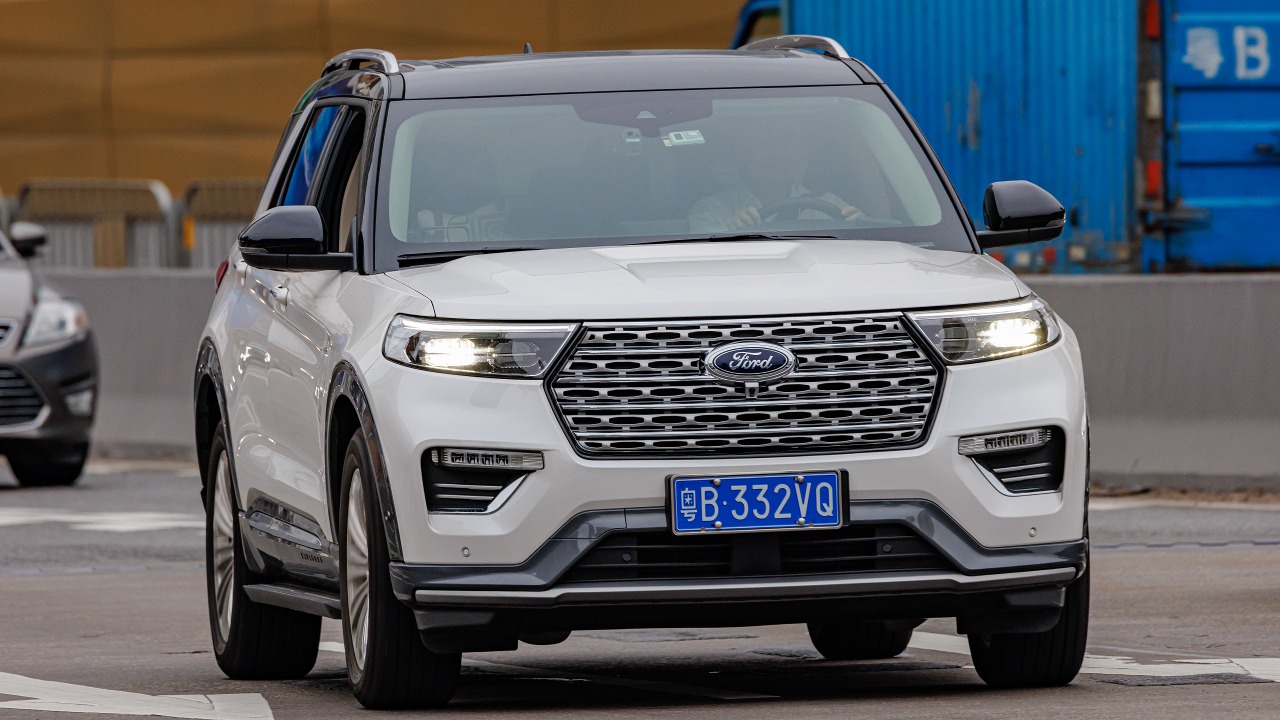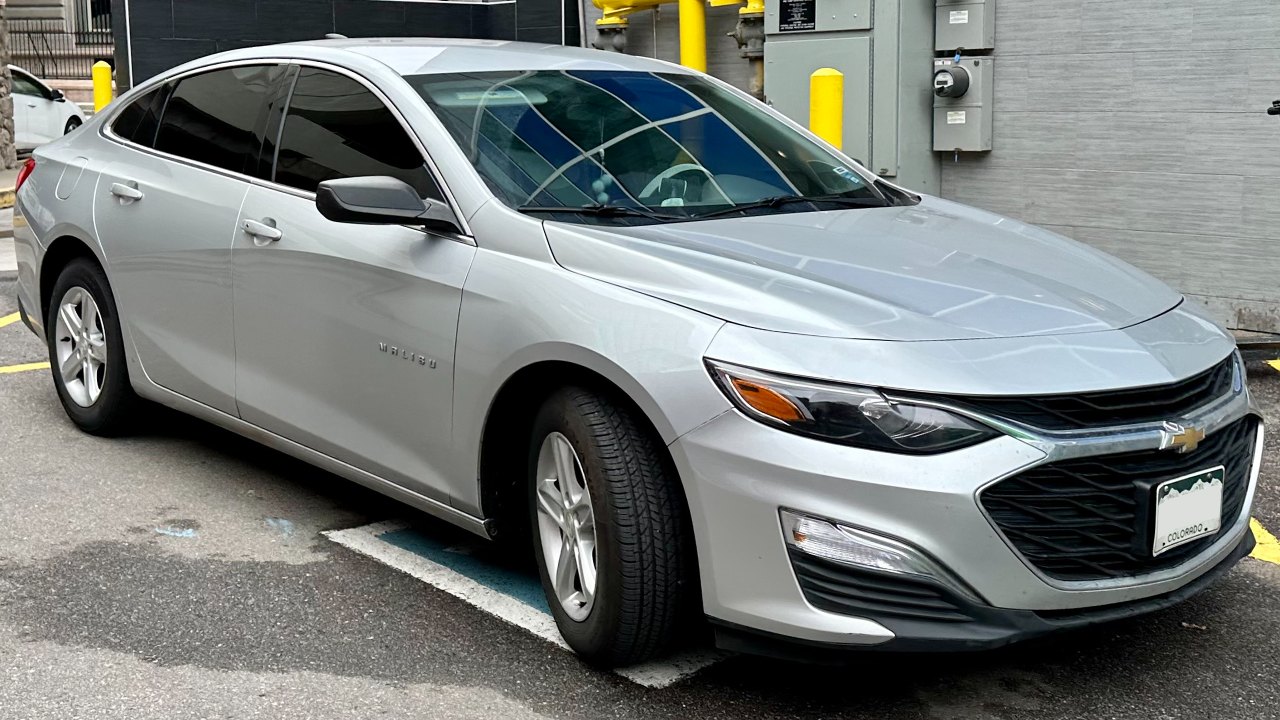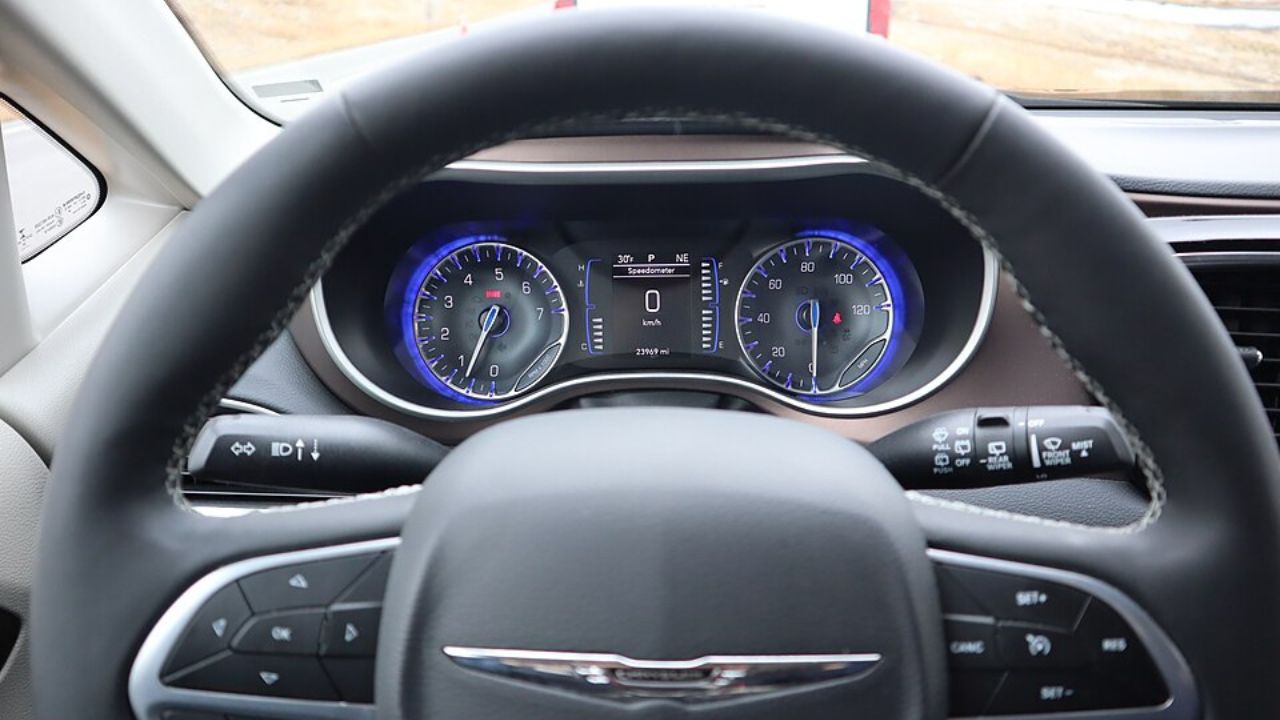In recent years, blind-spot detection technology has become a pivotal feature in automotive safety systems, playing a significant role in reducing highway accidents. This cutting-edge technology not only enhances driver awareness but also integrates seamlessly with other driver-assistance features, paving the way for safer travel and potentially averting countless accidents.
The Mechanics of Blind-Spot Detection

How the Technology Works
Blind-spot detection systems utilize a combination of sensors and cameras strategically placed around the vehicle to monitor areas not easily visible to the driver. For instance, in the 2023 Honda Accord, radar sensors are installed in the rear bumper to detect vehicles in adjacent lanes. When another vehicle enters this area, the system alerts the driver through visual signals on the side mirrors or an audible warning. This real-time interaction between sensors and cameras ensures that drivers are constantly aware of their surroundings, even in the most challenging driving conditions.
The technology functions by measuring the distance and speed of approaching vehicles, providing drivers with timely alerts. In the 2024 Mercedes-Benz E-Class, advanced radar and camera systems work together to provide a comprehensive view of the vehicle’s periphery. This integration allows the system to differentiate between stationary objects and moving vehicles, enhancing its accuracy and reliability.
Integration with Other Safety Features
Blind-spot detection does not operate in isolation; it is often part of a suite of safety features designed to protect drivers and passengers. In the 2025 Toyota Camry, the system is integrated with lane departure warnings and adaptive cruise control. This coordination allows for a more cohesive safety strategy, where the blind-spot detection system can communicate with other features to provide a unified response to potential hazards.
For example, if the blind-spot detection system identifies a vehicle in the adjacent lane while the driver is attempting to change lanes, the lane departure warning system may be activated to alert the driver of the impending danger. Additionally, adaptive cruise control can modulate the vehicle’s speed to maintain a safe distance from other vehicles, further enhancing the overall safety of the driving experience.
The Impact on Road Safety

Reduction in Collision Rates
The introduction of blind-spot detection systems has had a marked effect on road safety. According to a study conducted by the Insurance Institute for Highway Safety (IIHS), vehicles equipped with blind-spot detection systems, such as the 2022 Ford Explorer, experienced a 14% reduction in lane-change accidents. This significant decrease underscores the technology’s potential to mitigate risks associated with highway driving.
Furthermore, a statistical analysis of accident rates indicates that the widespread adoption of blind-spot detection systems has contributed to a noticeable decline in highway collisions. For instance, the 2023 Hyundai Tucson’s implementation of blind-spot technology has been credited with reducing side-impact crashes, demonstrating the tangible benefits of this advanced safety feature.
Enhancing Driver Awareness
Blind-spot detection systems play a crucial role in enhancing driver awareness by providing continuous feedback on the vehicle’s surroundings. This increased situational awareness helps drivers make safer decisions, particularly during lane changes and merging maneuvers. For example, the 2026 Nissan Rogue features an intuitive alert system that notifies drivers of vehicles in their blind spots, reducing the likelihood of collisions caused by human error.
Moreover, the technology fosters a more proactive driving approach, encouraging drivers to remain vigilant and attentive to their environment. By minimizing blind spots and offering real-time alerts, blind-spot detection systems empower drivers to navigate complex traffic scenarios with greater confidence and precision.
Challenges and Limitations

Technology Limitations
Despite their effectiveness, blind-spot detection systems are not without limitations. Environmental factors, such as heavy rain, snow, or fog, can impede sensor accuracy and limit the system’s effectiveness. For instance, the 2024 Subaru Outback’s blind-spot detection system may experience reduced performance in adverse weather conditions, necessitating manual verification by the driver.
Additionally, the presence of large vehicles or obstacles can obstruct sensor signals, potentially leading to false positives or missed alerts. As technology continues to evolve, manufacturers are working to address these challenges by developing more robust sensors capable of operating reliably in diverse environments.
User Reliance and Overconfidence
A potential downside of advanced safety technologies is the risk of over-reliance, where drivers may become complacent and overly dependent on the system’s alerts. This overconfidence can lead to decreased driver engagement and slower reaction times in critical situations. For instance, the 2025 BMW X5’s advanced safety features emphasize the importance of active driver participation, reminding users that technology should complement, not replace, vigilant driving habits.
To combat this issue, manufacturers are implementing educational programs and awareness campaigns to promote responsible use of blind-spot detection systems. By fostering a culture of shared responsibility between drivers and technology, the automotive industry aims to maximize the benefits of these systems while minimizing potential risks.
Future Developments in Blind-Spot Detection

Advancements in Sensor Technology
The future of blind-spot detection technology is promising, with ongoing advancements in sensor design and functionality set to enhance its accuracy and reliability. Emerging innovations, such as LiDAR and ultrasonics, are being explored to improve detection capabilities and provide more detailed information about the vehicle’s surroundings.
These advancements aim to address current limitations by enabling sensors to operate effectively in a wider range of environmental conditions. As sensor technology continues to evolve, blind-spot detection systems are poised to become even more integral to vehicle safety, offering drivers unparalleled protection on the road.
Integration with Autonomous Driving
As the automotive industry progresses towards fully autonomous vehicles, blind-spot detection systems will play a crucial role in ensuring safe and efficient operation. These systems are expected to be seamlessly integrated with artificial intelligence, allowing autonomous vehicles to navigate complex traffic scenarios with minimal human intervention. The 2025 Waymo self-driving minivan, for example, utilizes advanced blind-spot detection technology to enhance its situational awareness and decision-making capabilities.
The integration of blind-spot detection with autonomous driving technologies will facilitate safer lane changes and merging maneuvers, reducing the risk of accidents in an increasingly automated future. As manufacturers continue to refine these systems, the potential for blind-spot detection to contribute to the evolution of autonomous vehicles is vast and exciting.
Real-world Success Stories

Case Studies of Lives Saved
Real-world examples underscore the life-saving potential of blind-spot detection systems. In one notable incident, a driver of a 2023 Chevrolet Malibu credited the technology with preventing a collision during a highway merge. The system’s timely alert enabled the driver to avoid an oncoming vehicle, demonstrating its effectiveness in real-life situations.
Such success stories highlight the tangible impact of blind-spot detection technology on road safety, illustrating its ability to avert accidents and protect lives. As more vehicles adopt these systems, the number of success stories is expected to grow, further validating the importance of this innovative safety feature.
Testimonials from Drivers and Experts
Feedback from drivers and automotive experts provides valuable insights into the benefits of blind-spot detection systems. Many drivers, like those operating the 2024 Audi Q5, report increased confidence and peace of mind when navigating busy highways, attributing their improved driving experience to the system’s alerts and warnings.
Experts in the automotive industry also recognize the significance of blind-spot detection technology, emphasizing its role in enhancing road safety and reducing accident rates. As technology continues to advance, the consensus among professionals is that blind-spot detection systems will remain a cornerstone of vehicle safety, offering drivers unparalleled protection and awareness on the road.
Like Fast Lane Only’s content? Be sure to follow us.
Here’s more from us:
*Created with AI assistance and editor review.







Leave a Reply